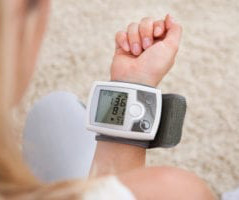Rationing Care in America: Cost Implications Getting to Universal Health Coverage
Health Populi
DECEMBER 19, 2018
That percentage of people who delay medical cost based on the expense has remained stable since 2006: between 29 and 31 percent of Americans have self-rationed care due to cost for over a decade. And, 19% of U.S. mid-terms elections in the first week of November, 2018. So did 54% of people who had no insurance.













Let's personalize your content